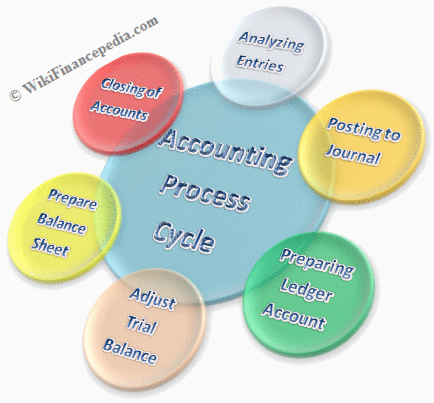Traders can choose from perpetual contracts that never expire on dozens of coins and tokens. The “Margin” option under the Trade link filters trading pairs with available margin. If you turn off this filter, you’ll still see pairs with margin trading, indicated by a small https://www.tokenexus.com/ 3x, 5x, or 10x icon. Keep in mind that cryptocurrencies are highly volatile, capable of significant daily percentage swings. There’s also an “Advanced” charting option, but to be honest we actually find this to be cleaner and less cluttered than the Classic interface.
In summary, it’s easy to see why Binance is now one of the largest cryptocurrency exchanges in the industry. Binance P2P allows you to buy and sell cryptocurrency directly with the other users on the P2P platform. It provides over a hundred payment methods to buy and sell crypto, like PayPal, cash, M-Pesa, bank transfer, and multiple e-wallets.
Financial Services & Investing
Binance offers lower fees than Coinbase, but Coinbase provides a native digital wallet. Coinbase is also largely free of the compliance and regulatory problems that have followed Binance. And while Coinbase offers more tradable tokens than Binance.us, the global version of Binance offers the most of the three.
Binance will adjust the withdrawal fees according to the blockchain conditions regularly. To check the exact fees you may have to pay, you can check Binance’s Website directly. Binance does not support any fiat currency (USD, EUR, etc) trades or transactions. Only cryptocurrency may be deposited and traded on Binance exchange.
Kraken Review and Full Guide – Is it Safe in 2020?
Crypto exchanges aren’t generally known for having good customer support, but fortunately, the support at Binance is quite good and very responsive. That said, during peak periods there are delays experienced by many users in receiving support. Still, the Binance support team is acknowledged as one of the better support experiences from the major crypto exchanges in the industry.
Binance Dual Investment lets you deposit a cryptocurrency and earn yield based on two assets. You commit your crypto holdings, lock in a yield, binance review but earn more if the value of your committed holdings increases. It’s basically a way for you to have more control over your risk.
Binance’s decentralized exchange (DEX)
The exchange encourages its users to join the Binance Community on its various social media accounts, including Telegram (@BinanceExchange) and Twitter (@binance). The exchange also runs a YouTube channel, posting trading tutorials, and an active blog which is frequently updated with news, notifications, and announcements. There is no contact number but users can input their email address or phone number to submit a support ticket in the chat which is available at the bottom right of the Binance website. Binance’s Q&A section in the Support Centre provides detailed guidance on how to deposit and withdraw revenue, including to a UK bank account and the transfer times involved. For margin fees, the daily interest rate for margin borrowing also reduces the client’s VIP level and can vary between currencies.
- Projects that are currently active through Binance Labs can be viewed on the Binance Launchpad.
- Despite this issue, I generally find the platform to be reliable and user-friendly.
- Be sure to fully understand how margin and leverage work before participating in margin trading.
- However, it remains to be seen what other innovative services the exchange is going to introduce to the global crypto community.
Led by a charismatic leader Changpeng Zhao, it’s been up and running slightly over three years. Still, it managed to establish itself as one of the most innovative and open-minded hubs of crypto innovation. For instance, crypto exchange security review site CER ranked Binance.US as one of the most secure exchanges as of October 2022, ahead of big names like Coinbase and Gemini. Another thing to keep in mind is that although Binance.US doesn’t charge deposit fees, there are variable withdrawal fees for each coin. These withdrawal fees can range from a fraction of a cent for cryptos like BTC or around $27 for AUDIO. Binance offers a collection of quality, easy-to-understand content for cryptocurrency users and enthusiasts worldwide.



Comentários